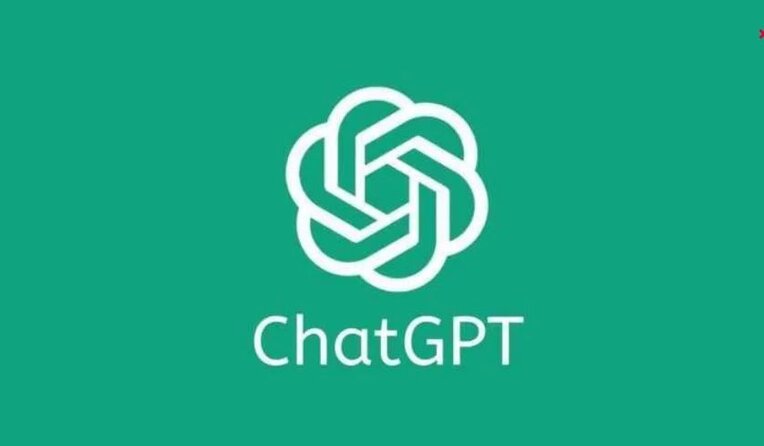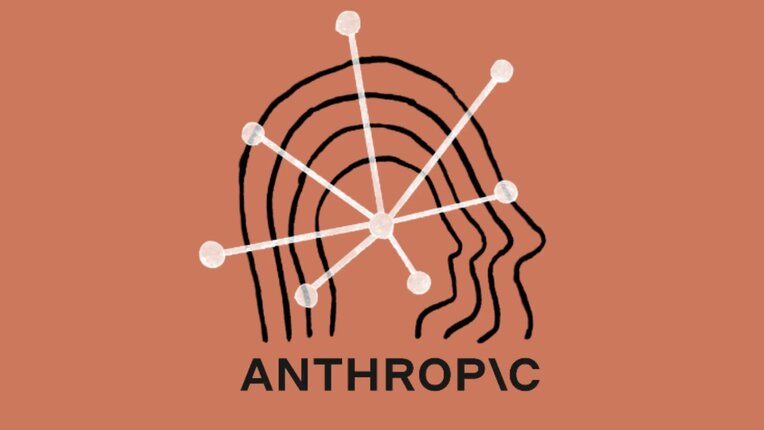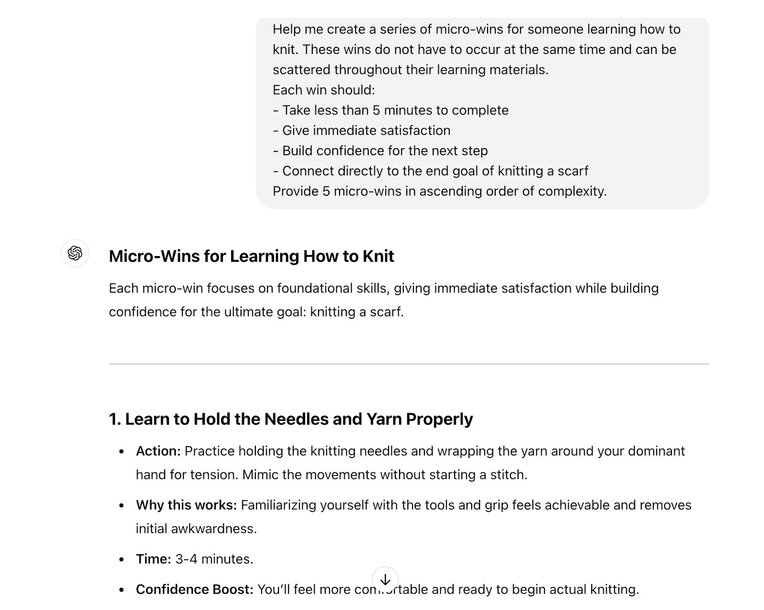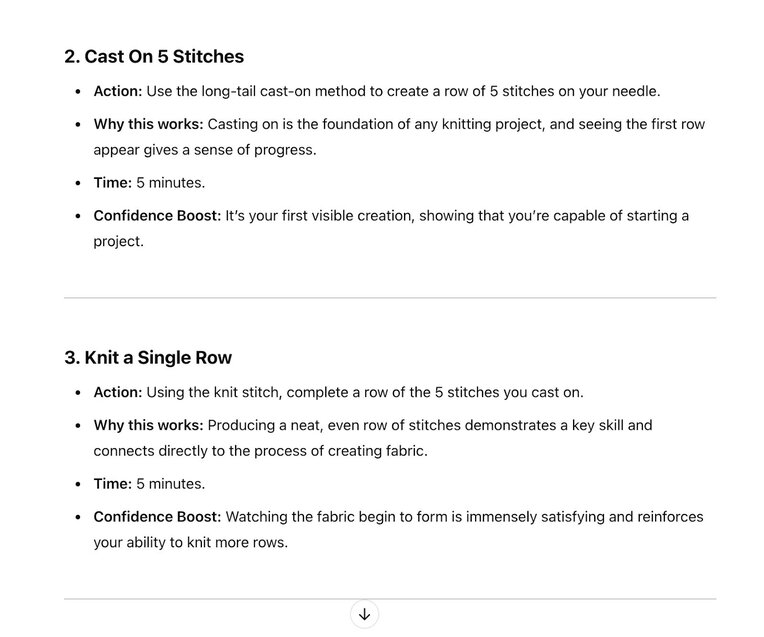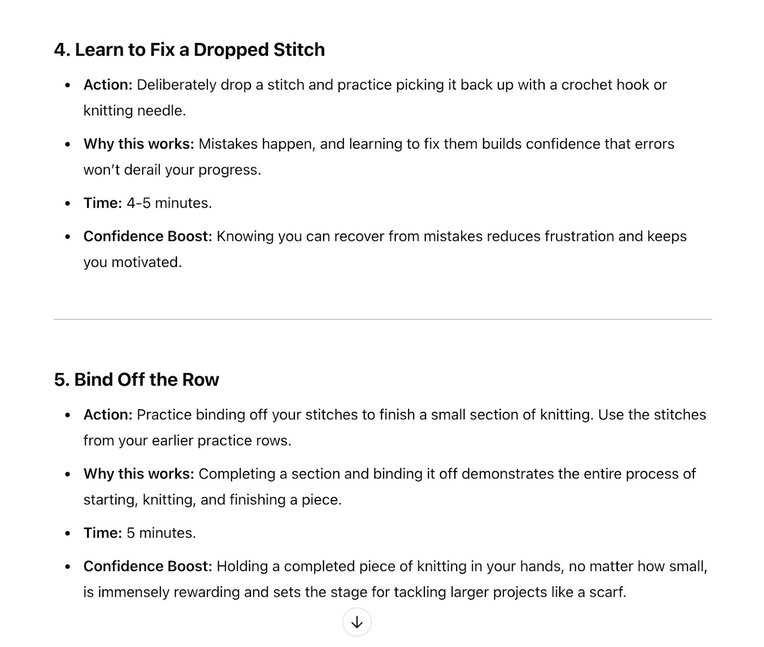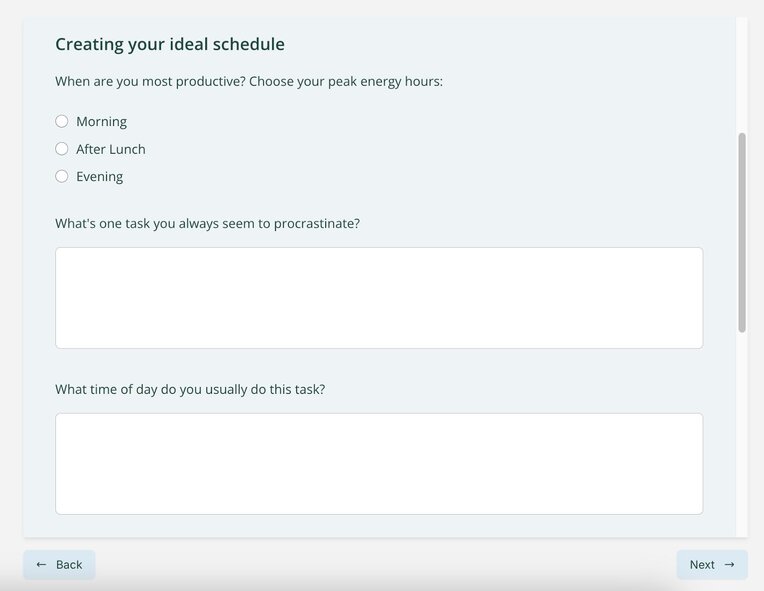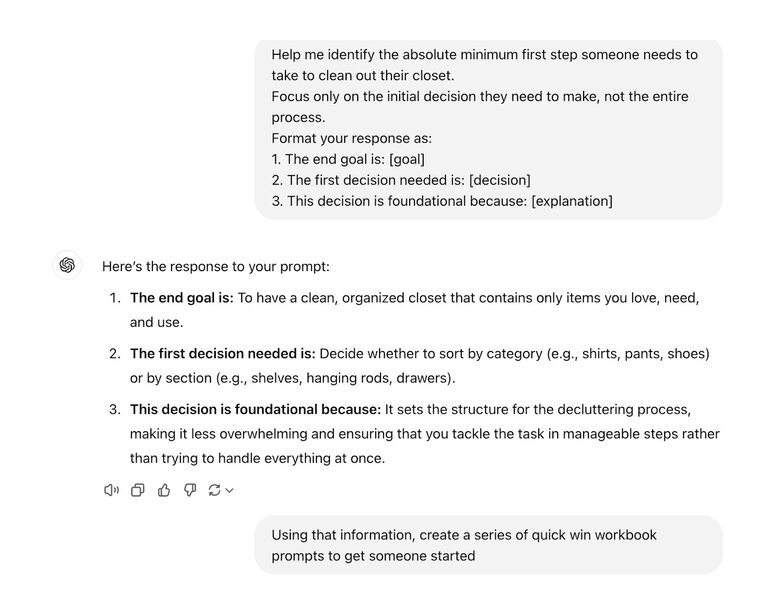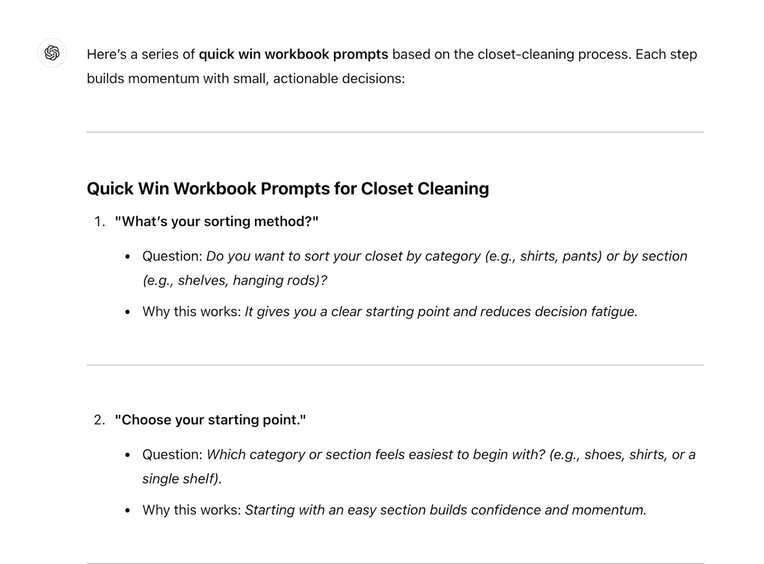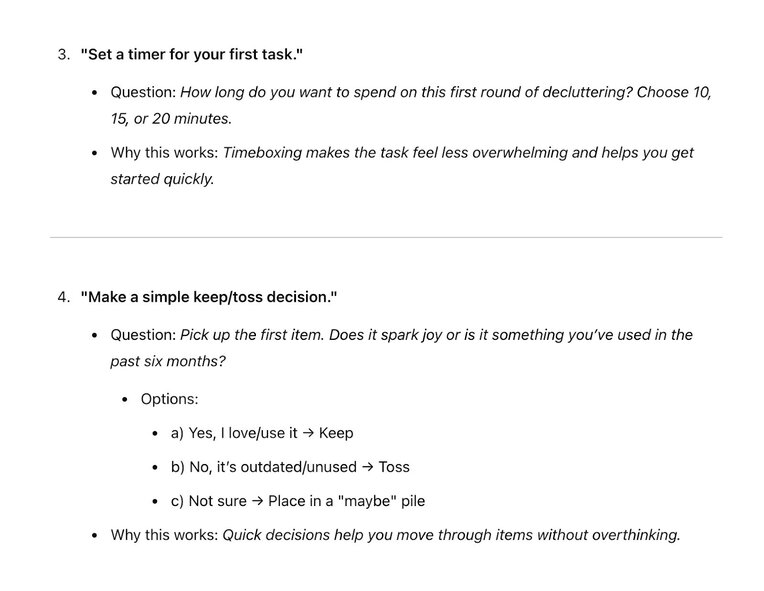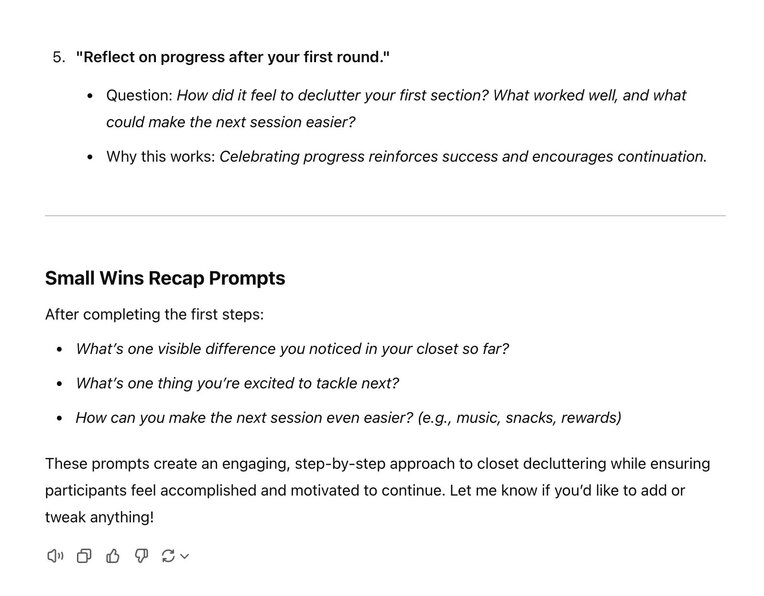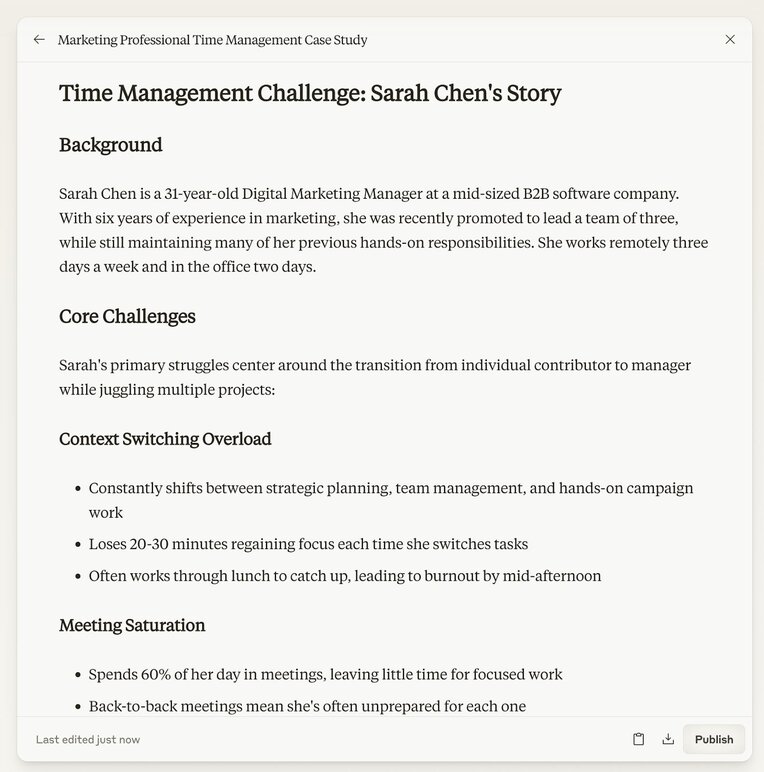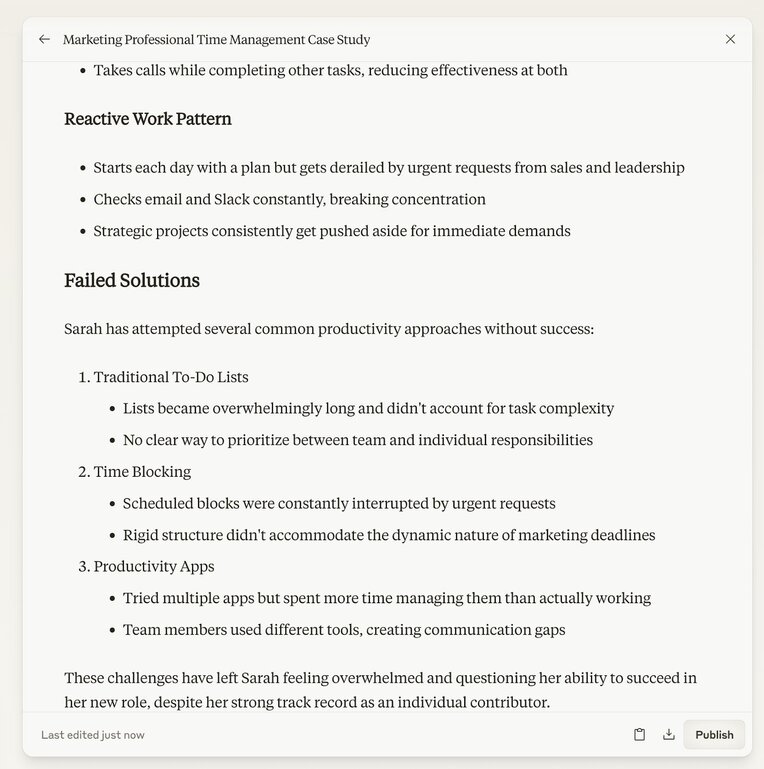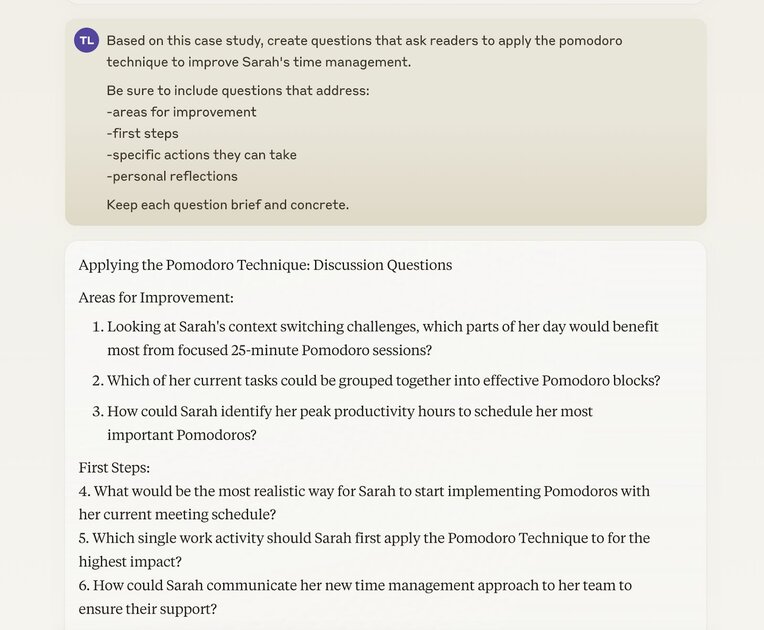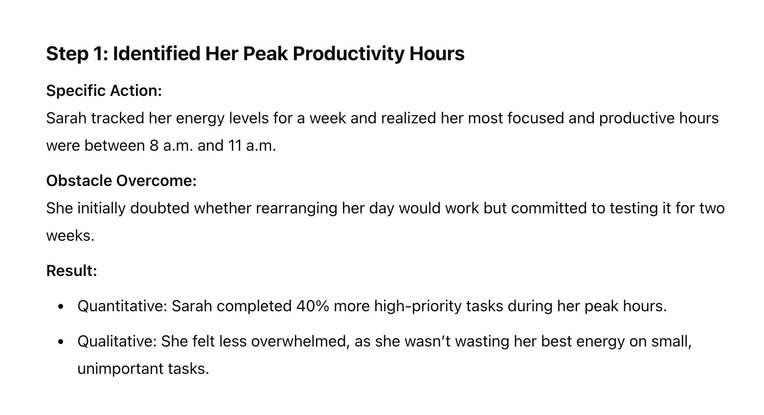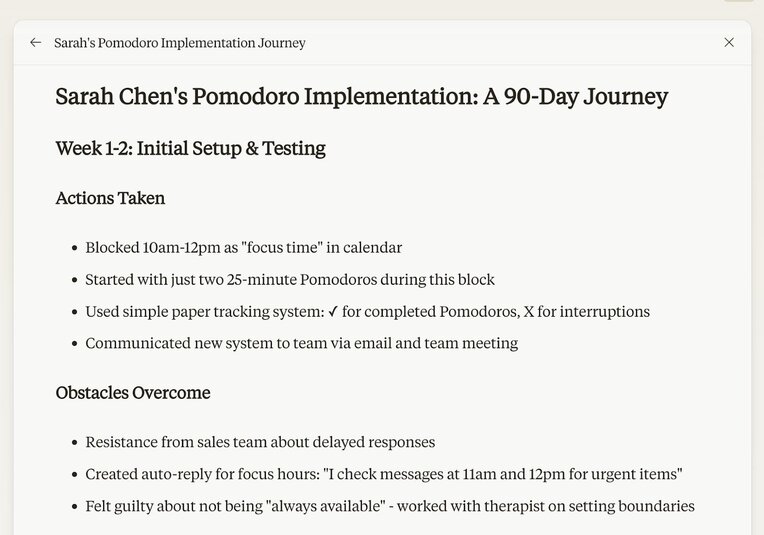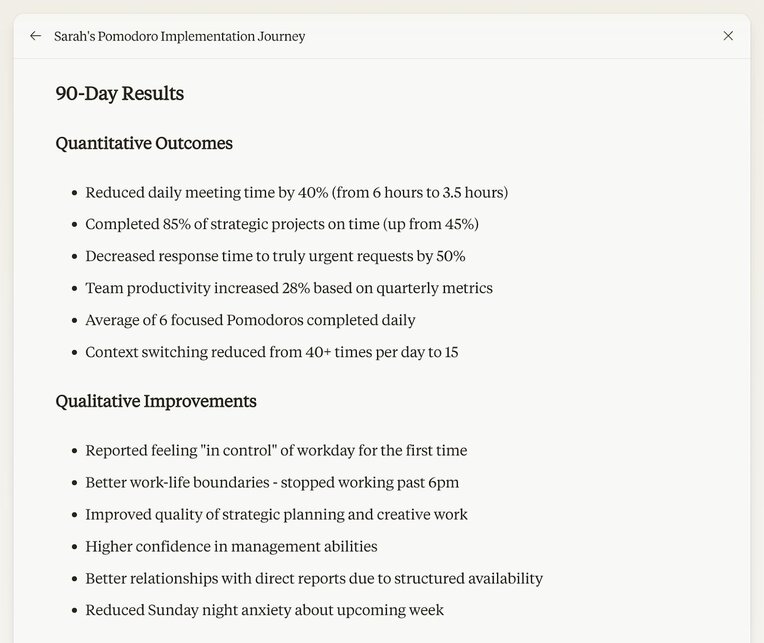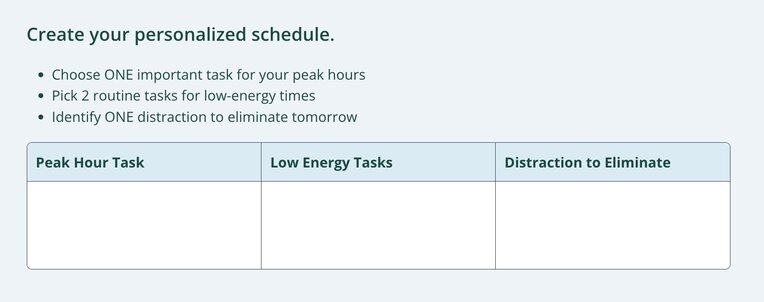Want to save hours creating your course workbook with AI? We’ve got you covered with our step-by-step guide, including free ChatGPT prompts and examples.
You know you should create a workbook for your course so you can help students actually do the work and create a real transformation.
But staring at a blank page, trying to figure out exactly what to write or how to format your course workbook!?
That's enough to make any course creator procrastinate.
That’s where the power of using AI to create your course workbook comes in.
Here at Wobo, we’re workbook experts, so all you have to do is follow the steps below, enter the prompts, and you’ll be on your way to creating an engaging workbook for your online course (in way less time!).
